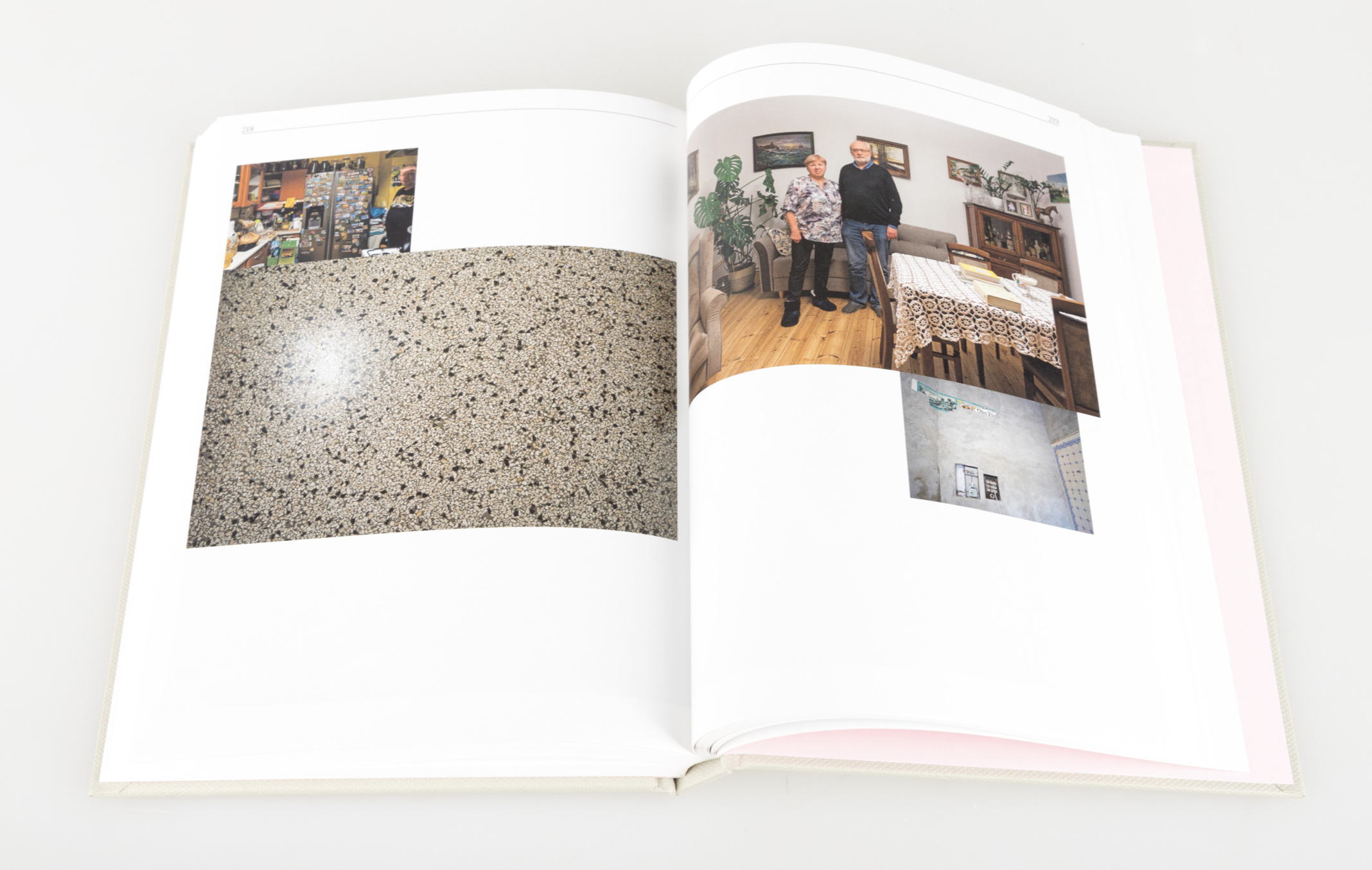











The Order of Things. Relations with Pre-War Objects in the Western Lands explores attitudes and practices surrounding pre-war objects in contemporary Wrocław and Szczecin. Often called "post-German," such objects are perceived as remnants of the past, disconnected from continuity. Ethnographic research, combined with art, reveals the opposite: adaptation is ongoing, and relationships with these objects are rediscovered and redefined. The book examines how pre-war legacies are used, possessed, and valued over time—classified, sold, integrated into homes, or imbued with new meanings. These objects form a network of connections that challenge binary views of the past as either embraced or repressed. The stories unfold in two parallel narratives: a text and a visual essay by Łukasz Skąpski, both questioning how the German past shapes life in Polish cities.
